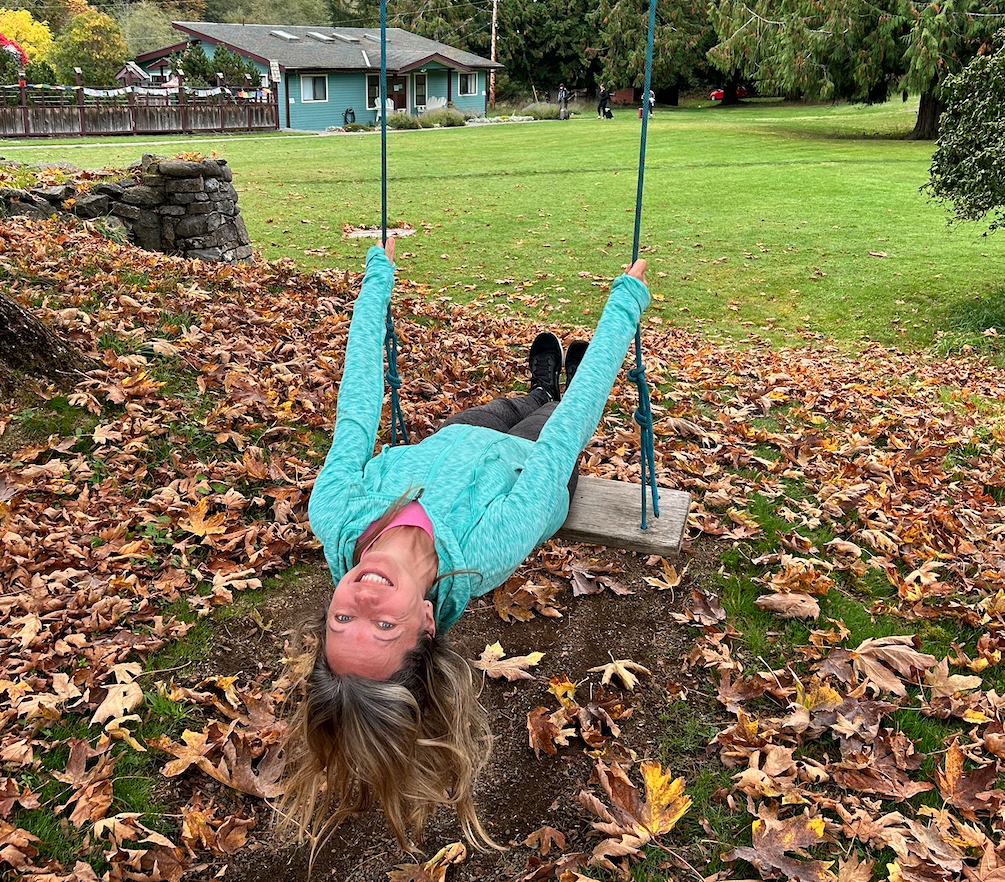Last week, I wrote about five reasons which may explain why anxiety is on the rise. In this article I’m going to share another five reasons and summarize the core key concepts to raising emotionally resilient children.

Five More Reasons Which May Explain Why Our Kids Are More Anxious
6) External Motivation
The self-esteem movement suggesting that everyone should give their child tons of praise, has backfired. In Carol Dweck’s, highly recommended book, Mindset (a must-read for parents and educators) she explains her research, in simple terms, which clearly demonstrates that praise is not helpful for our children. The same goes for rewards. We may need to use rewards occasionally to get our children over a large obstacle (such as going to the dentist for surgery), but rewards are not beneficial when they are used continuously and over a long period of time. It is not healthy to base our sense of self on external validation – praise and rewards. When we look outside ourself for approval, our self-esteem will be fragile and the slightest hint of disapproval from peers or parents can lead to intense angst/anxiety.
What to Do? Read the excellent book, Mindset. Be aware of your language. Avoid praise and use encouragement (see: Encouragement vs. Praise for more information). We need to encourage our children to be motivated for themselves and to believe in their own self-worth. We live in a judgmental world, and our children and teens need to be ready for the fact that they will never be able to please everyone. They will experience negative interactions and they will be able to handle it better if they are not dependent on constant, external approval.
7) Social Media
Nowadays, kids and teens are not only surrounded by commercials and magazines of beautiful people but they are also inundated by these images 24/7 on social media. In addition, there is the competitive aspect of how many “likes” one can get for an image that one posts. Everybody posts a tiny slice of their life for all to see, but this image does not show the “whole picture”. Some people may take a 100 photos of themselves until they can choose the “perfect” one to post to increase their popularity. People are constantly posting photos showing how much fun they have in their lives. Again, this is not realistic and leads to self-deprecation and angst when comparing your own life against all the portrayed lives on social media forums. I have personally worked with grade 12 girls who are “expected” to post a photo of their grad dress, as soon as they buy it, so that no-one else can buy the same one! Peer pressure seeps into our homes through social media platforms.
What to Do? Follow the law and do not allow your child to have a social media account (Instagram, Facebook etc.) until the legal age of 13 yrs. Follow your child on social media. Chat to them about the kinds of photos that are being posted. Remind them that these forums are big popularity contests and therefore people only post the best of their best pictures. Remind your child that some people even buy “likes” just to look more popular! Talk about real-time connections/friendships and limiting their time on these social media sites. (Read: Social Media Anxiety and How Are the Drawbacks of Technology Impacting Us Socially)
8) Less Time for Play and Creative Expression During Unstructured Time
We have forgotten about the tremendous benefits of play and creative expression. Through play children learn to problem-solve and work things out for themselves. When children go out into the forest and figure out how to grab onto roots to climb, or use stepping stones to cross a river, they are learning how to master challenges. When children come up with ideas from their own imagination, they are expressing from the inside-out. Video games are not creative playtime. Most video games are an outside-in activity – taking in information that is presented in a passive way, at a fast speed while creating moral-inversion (term from Dr. Leonard Sax). When a child is playing a first person shooting game, shooting police for extra points (an example of moral-inversion), his/her alarm centre in the brain – the amygdala is fully activated. When a child experiences anxiety, it is the same part of the brain, the amygdala, that is fully activated. As the neuropsychologist, Donal Hebb wrote in 1949, “Neurons that fire together wire together”. As our adolescents developmentally experience a reconstruction of their brain, do we really want their amygdalae to be having more and more practice at being in an anxious state?
What to Do? Create opportunities for your child to be out in nature. Plan a family camping trip, family hikes, and other outdoor adventures. Be sure your child has enough unscheduled down-time which is not spent on electronics. Set limits on video games and other screens. Be aware of what video games your child is playing and the rating on the games. M rated games are for ages 17yrs. + (Click here to receive my free guide for setting limits on screens).
9) More Families Are Double Income
The cost of living has increased and many families need both parents work. This causes extra stress for parents and creates less time for parent-child interaction. When parents do come home from a long day of work, they’re tired and it’s difficult to find extra reserves of energy to be patient and joyful with your children/teens. When parents are stressed and losing their patience, this carries over to the children, who also feel stressed and anxious.
What to Do? Take a few minutes in your car or on the bus to take deep breaths before you walk into your home, after a long day at work. Think about what kind of parent you want to be and how you want to interact, before you walk through the front door. Commit to spending some 1:1 time with each child, before they’re asleep. Bedtime is a golden opportunity for tired parents and children to cuddle and be close and connected. (Read: From Witching Hour to The Golden Hour for more information.)
10) Life Is Going at A Much Faster Pace
Due to the constant busy “treadmill of life”, families are spending less time together. Technology has become a competing attachment. Both adults and youth love spending time on screens, and then we’re “alone together” (Sherry Turkle). (For more information, see my article on How technology is impacting creativity and our connection time.) Furthermore, numerous extra-curricular activities mean that we’re driving all evening, and having less meals together. Research shows that eating family meals together lowers rates of anxiety and depression. We also have too much information on hand 24/7, too much stuff, and too many things to do, hence the phenomenon of “multi-tasking”. We’re also sleeping less and eating more processed food and so our physical bodies are also stressed. All these small stresses, add up to a lot of cumulative stress that is taking its toll on adults, youth and children.
What to do? Schedule family dinners on a night where it’s possible for everyone to be home. Set limits on screens and filter the amount of negative news about the world entering into our homes. Make sleep, and nutrition, priorities and look at ways to simplify your family’s life. Read, Simplicity Parenting by Kim John Payne and Lisa M. Ross for good ideas on how to simplify and de-stress as a family. Plan a family holiday where there’s no internet or friends nearby – a family camping trip works well for this.
My top 5 themes for developing more emotionally resilient kids:
- Secure attachment with family – connection, connection, connection
- Developing capability in our kids – believing in them
- Supporting our kids while allowing them to experience distress or challenges
- Self-regulating our emotions, in order that our kids can learn through modelling how to self-regulate their emotions and feel safe enough to express their big emotions with us
- Alpha parenting – setting limits while being a connected and supportive parent
Hope you have a wonderful, grounded week,
Warmly,

PS. If you have friends or family, who could benefit from this important information, please forward this article to them or share via social media.
PPS. If you enjoyed this two part series, and would like to show your “like” by liking my Facebook page, I would be most appreciative.
Want to Connect?
Subscribe now to receive free weekly parenting tips and inspiration.






